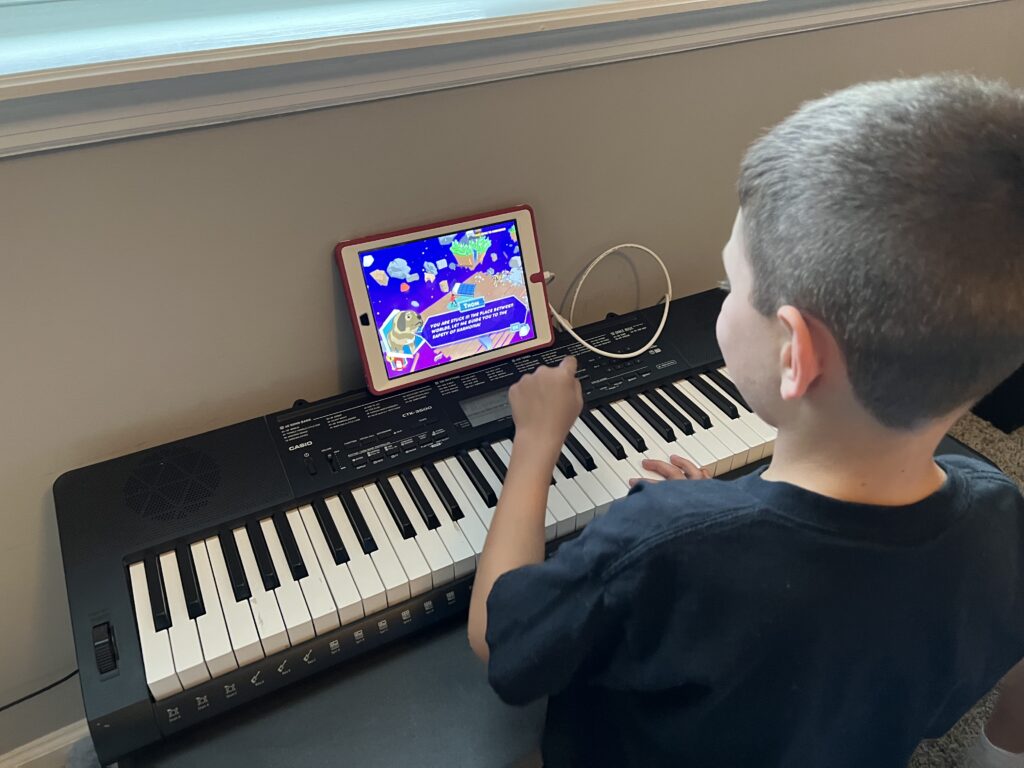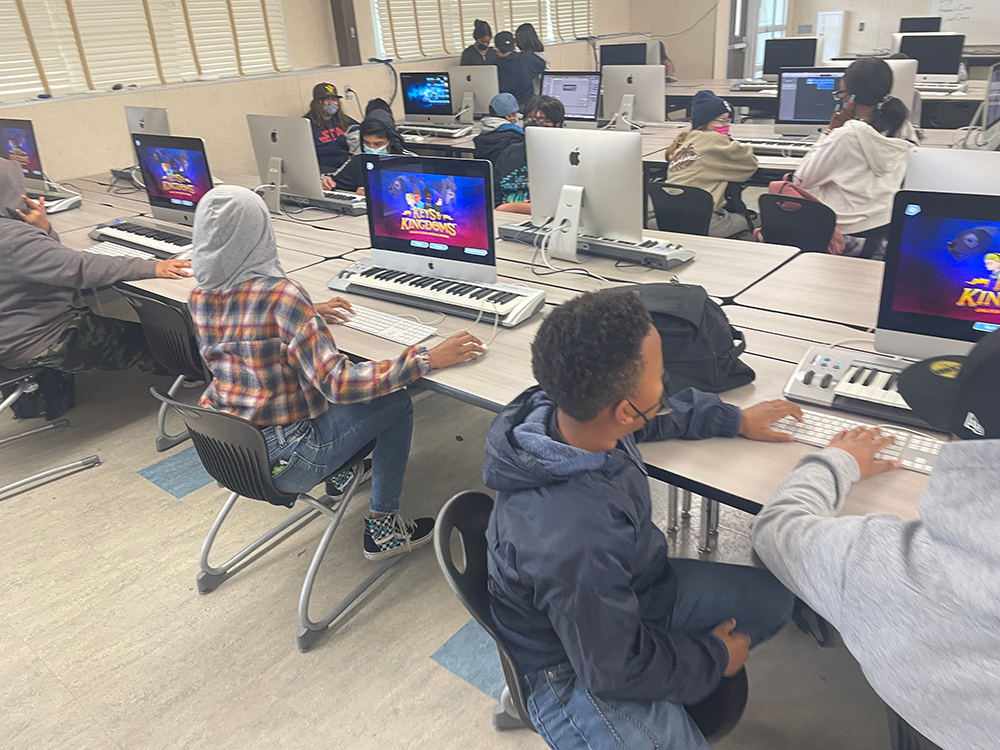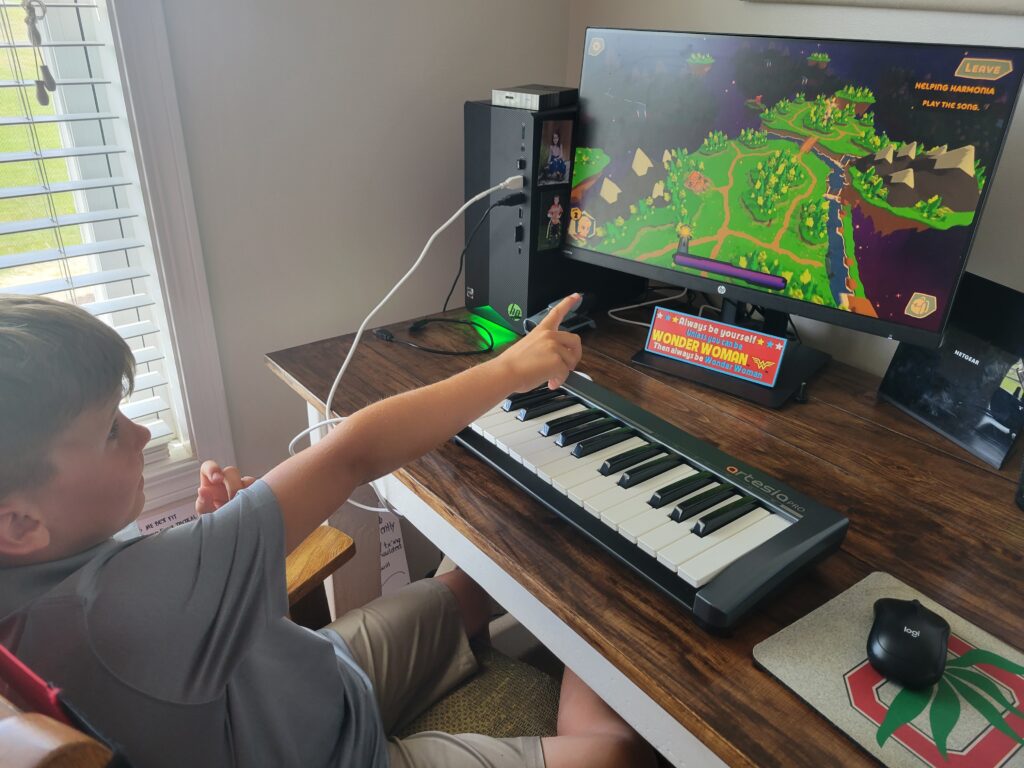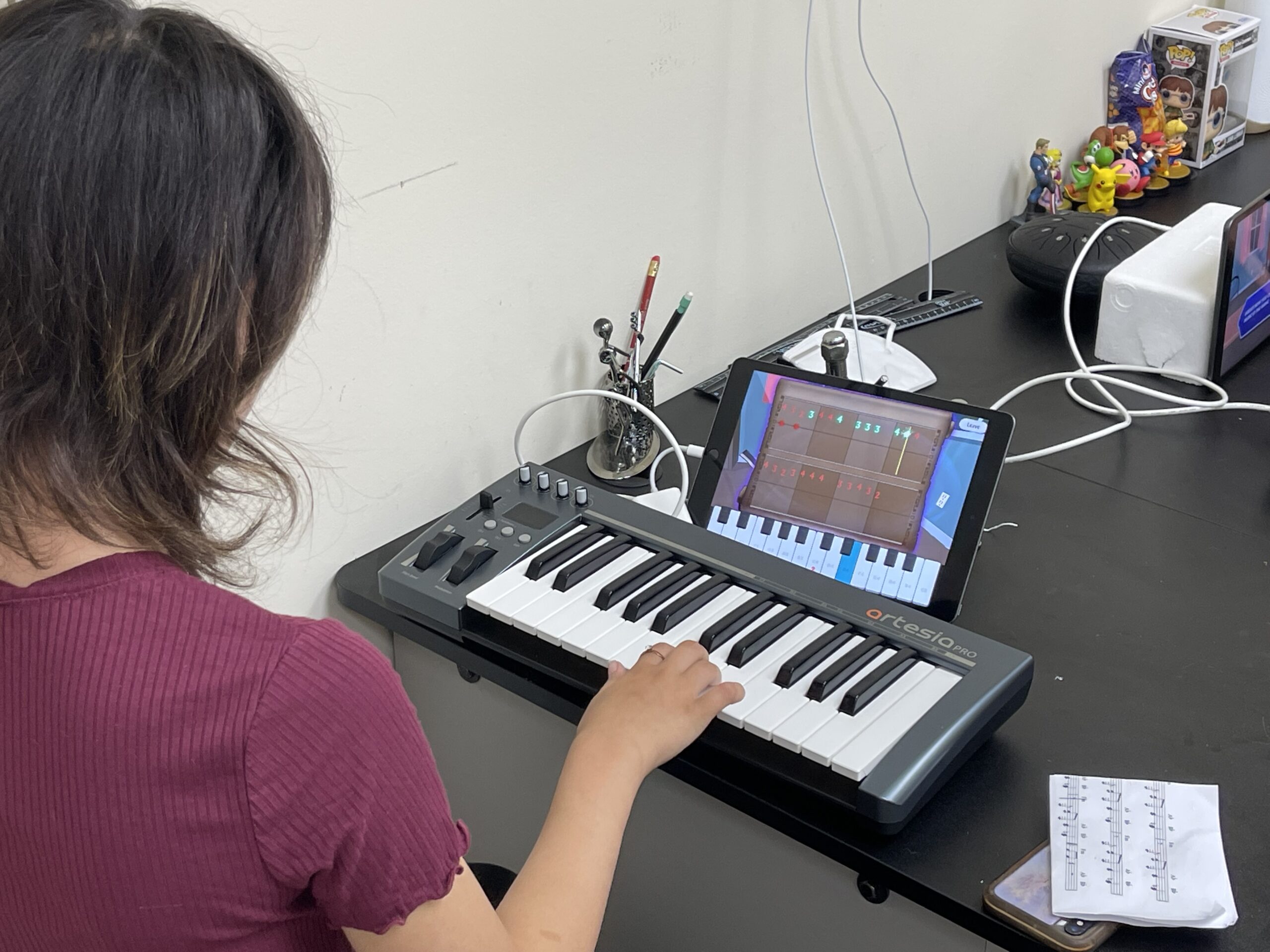For thousands of years to the present day, the practice of communicating musical thoughts and ideas rests in some sort of visual record. Whether it’s the classical notation, lead notes, and chord symbols, or even the more modern MIDI-based colored bars, the visual form of music learning has taken over the even more antiquated approach of aural memorization that would be passed down through generations.
However, is visual learning the only way to train musical skills? Are there other ways that are different, and yet still very effective? In the U.S., 80% of students who start to learn music will stop within the first few years. Why is this? Why do so many music students not stay with learning music? Could there be a better, more effective way that could somehow turn this high churn rate upside down?
Many people would view music learning as being incredibly hard to do and requiring large amounts of time and energy. Cost and accessibility also play a prominent role in decision-making when it comes to music education. However, our belief is that if you introduce a new way to learn music that is intuitive, engaging, affordable, and accessible, then our vision of a world full of music learners can truly become a reality. Introducing, SRM learning.

What is SRM?
So, what is SRM? Simply stated, SRM learning is the systematic approach to gaining the proper aural, technical, and theoretical understanding of music for the purpose of reaching real-time fluency. Okay, that may be a bit much to think about, so let’s say it another way. Students who obtain musical fluency can learn and play songs instantly in real-time simply by listening to them. There is no need for sheet music and very little practice, and there is an inherent dose of creativity and artistry that comes naturally to this approach. Fluent players understand the relational properties between the sounds and thus, can deconstruct the theory of a song almost at will. They know how to play the song even before they even touch their instrument. This is a vast contrast to the more traditional approach of having to read the notes, practice for hours and hours, and have little to no creative contribution.

How long has SRM been around?
SRM learning was developed over a decade ago. The creator of the method, Graeme Winder, has been constantly researching, developing, and refining the method to be used at scale with students all across the globe. Students from his music school have achieved fluency on average in less than 4 years. This, it would seem, is a much faster way to powerful musicianship when set next to traditional learning, which requires nearly 8+ years of sight training to reach higher levels of playing.

How does SRM compare to traditional learning?
As mentioned earlier, traditional learning, generally speaking, relies heavily on visual information in order for the player to obtain and perform music. Sight reading can also visually show large amounts of detailed information at any given time such as complex chord progressions, polyrhythms, and advanced technical passages.
Visual learning can also ensure that the music you are playing includes all the information you need to perform it the way the composer intended. Everything can be effectively communicated inside the sheet music you are reading. This is a great way to ensure that the outcome of the performance is as close to the original work as possible.
On the other hand, SRM learning works quickly to remove your dependency to visual information. And it does so in a very clever way. SRM training begins with a fundamental set of visual cues. However, as one progresses, this visual information is slowly reduced or taken away. The void left behind demands that the player themselves begin to fill in the music pieces. By allowing the player to contribute to the learning process slowly, you have forged a very strong bond between the music and the learner this is much more rewarding and exciting than traditional ways of learning.

What makes SRM so effective?
Quite simply, the number one reason SRM is so effective is that it allows the player to participate and contribute to the learning process. Everyone on the planet is exposed to music almost every single day of their lives. Whenever you listen to music, you are actually training your mind to the core musical elements such as melody, harmony, and rhythm whether you were aware of this or not.
Traditional methods of learning demand only execution and strict adherence to all the printed information inside the pages. There is never a need to creatively contribute any original ideas to an existing song on sheet music. This approach incidentally suppresses creativity and discourages musical interpretations which are core qualities of artistic musicianship.

What is the goal of SRM?
The goal of SRM is simply to create musical artists through the power of fluency. This approach naturally infuses creativity into development and naturally brings artists and expression to every musical encounter. There is no greater music to perform except that which comes from within.

How can I experience SRM learning?
Experiencing this incredible new way to learn music has never been easier. Keys & Kingdoms, an epic role-playing music adventure game created by Meloquest, uses key pillars of SRM learning inside its’ gaming engine. Simply go to www.keysandkingdoms.com to download and play the game.

How does SRM make Keys & Kingdoms such a unique way to learn piano?
Never before has an adventure role-playing game been linked to acquiring musical skills the way Keys & Kingdoms has. Keys & Kingdoms uses complex algorithms to constantly assess the player’s success rates and adjust to the development pace of the player in real time. This ensures that everyone gets customized learning expressed perfectly tailored to how they learn best.

